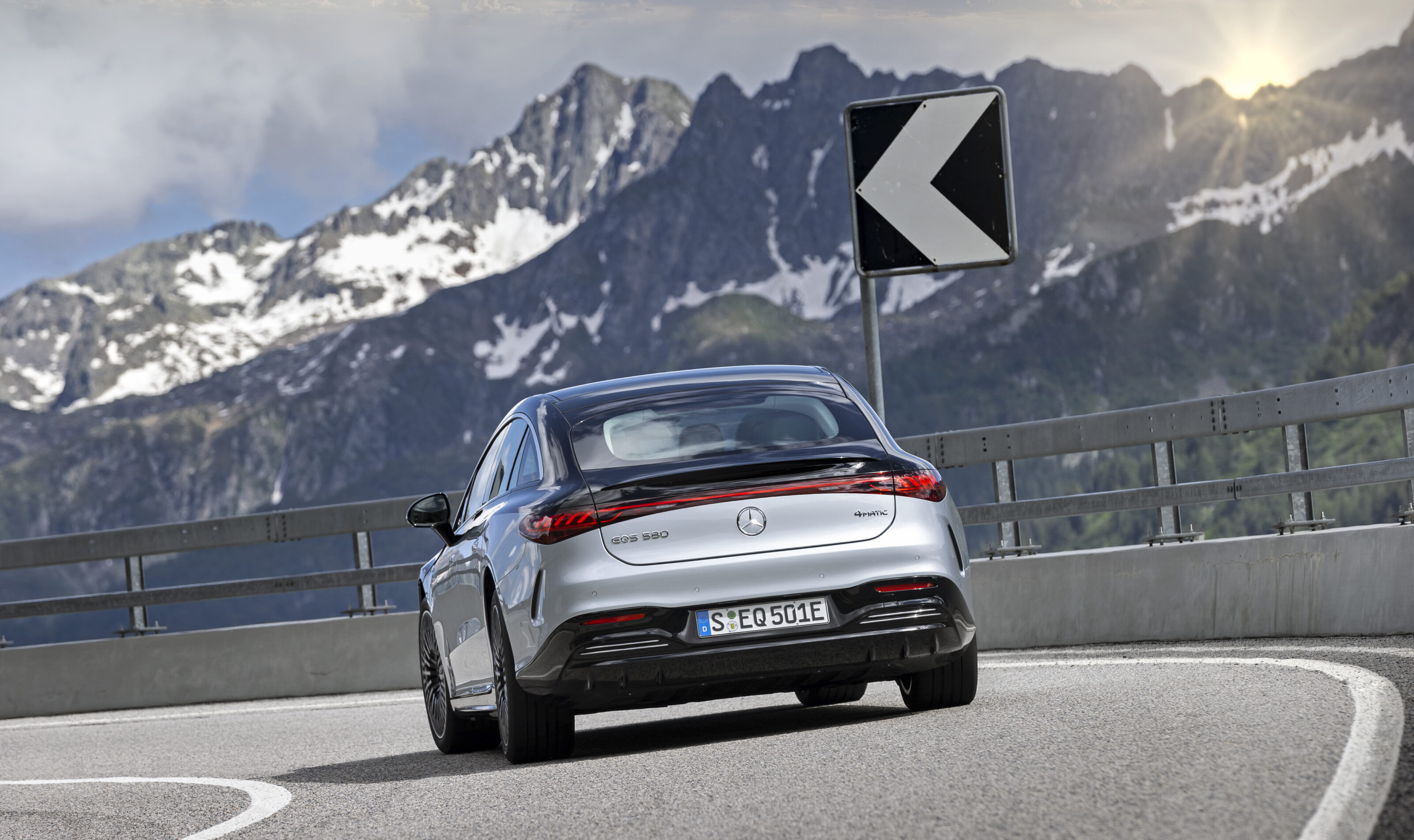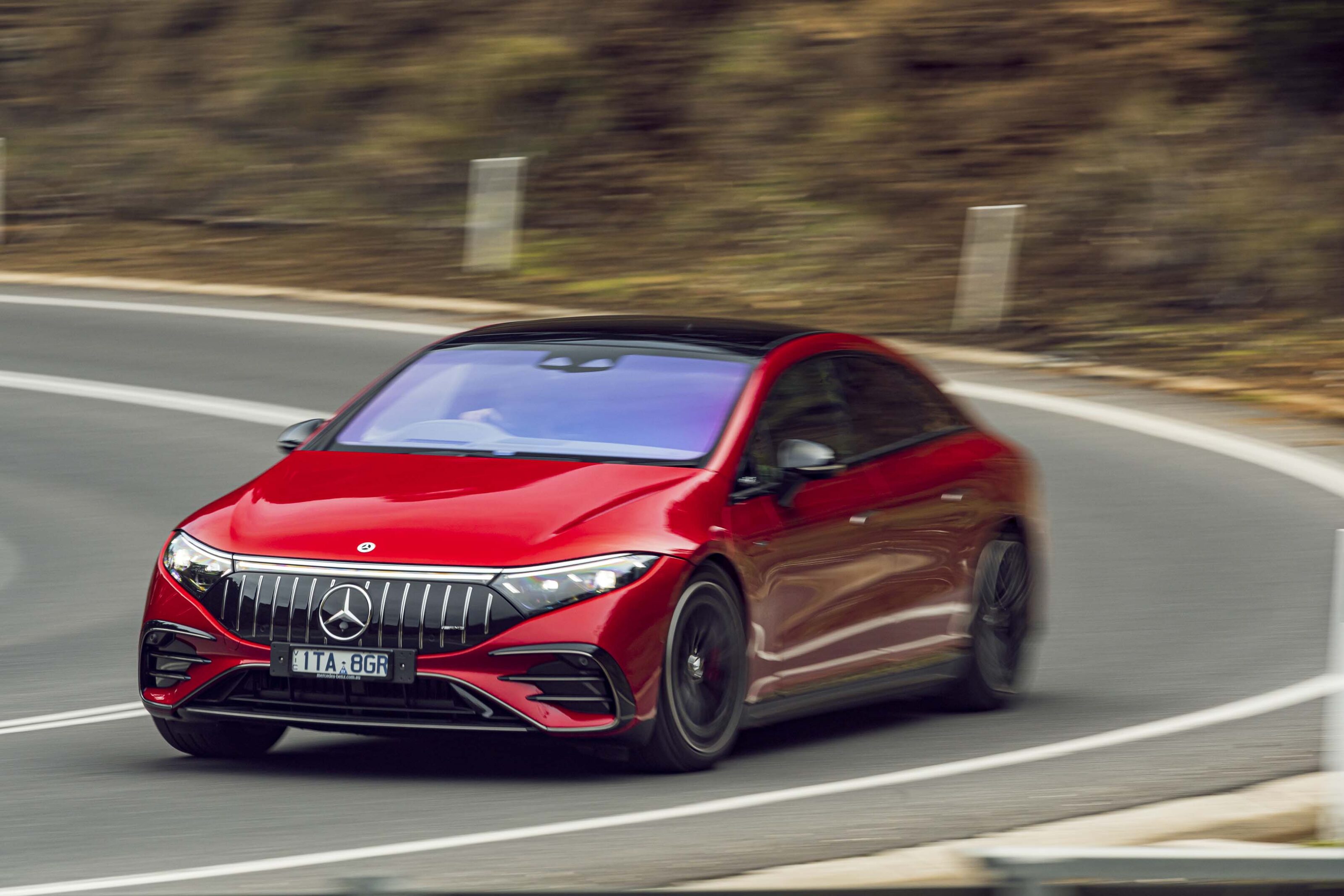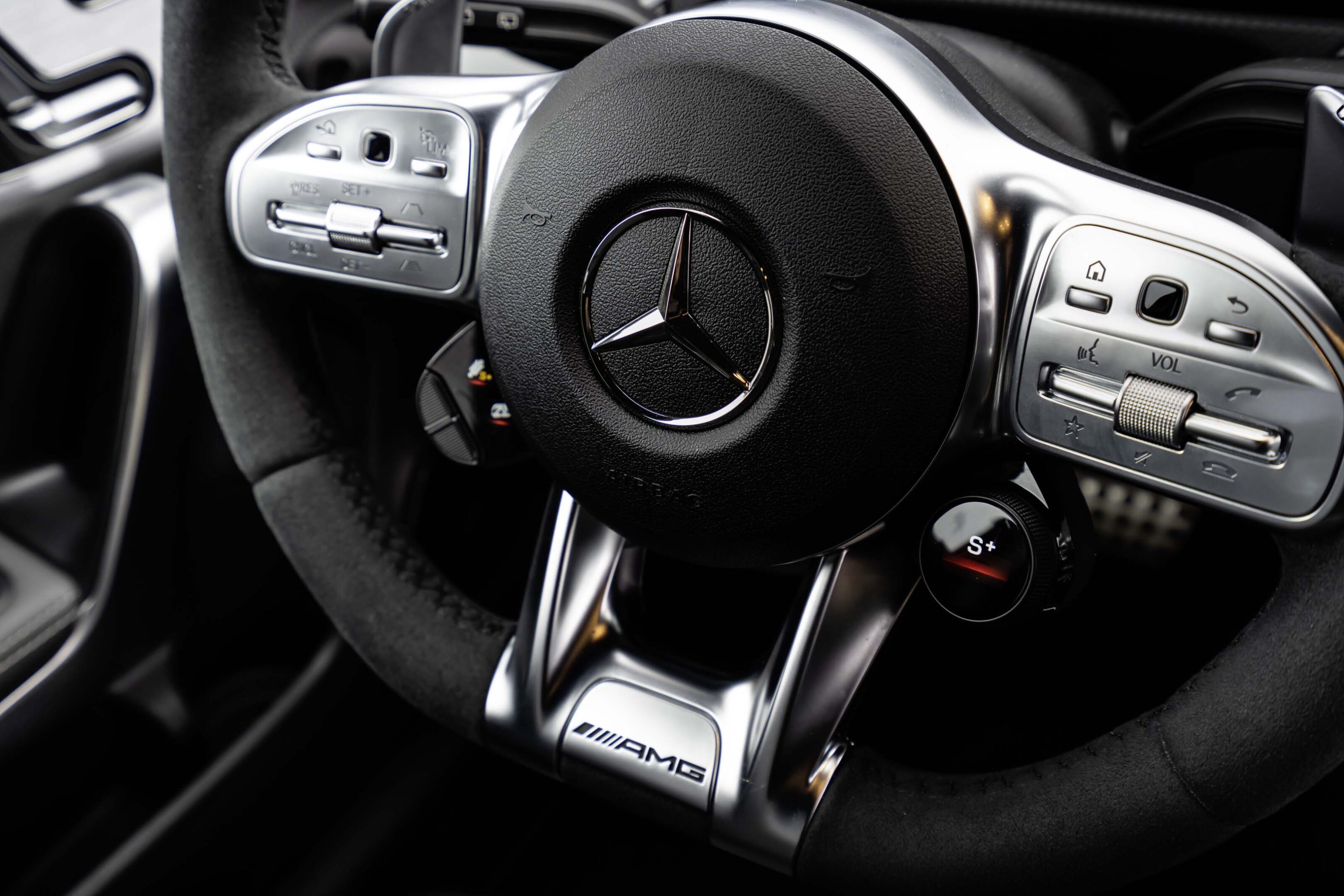Mercedes-Benz is joining the growing number of premium brands considering broadening its repertoire of subscription services to include hardware features as well as the existing software services.
While the German manufacturer already offers subscription-based access to primarily electronic features, such as applications and Wi-Fi, it’s now looking to broaden the range of items that can be switched on and off at the customer’s request and cost.
Speaking to Wheels, Mercedes-Benz Cars Australia’s PR and product communications manager, Jerry Stamoulis, said Australian customers are “definitely” the type that appreciate the benefits of subscription services in modern vehicles.

“Australians are early adopters of new technologies,” he said. “If something becomes available that they didn’t have at the time of purchase then we think this is a market that would certainly jump at the opportunity regardless of whether it’s hardware, software or whatever it may be.”
In Mercedes’s native Germany, the company is gearing up to offer rear-wheel steering as an option on the new EQS 450 EV that can be switched on and off depending on the owner’s requirements, while BMW has previously announced it is considering doing the same with features such as heated seats – and they won’t be the last.
The concept, in principle, has ruffled feathers for some motorists and lobby groups who don’t see sense or fairness in charging for something that has already been fitted and delivered in the car the customer has paid for.
However, Stamoulis explained that’s not how the system would work. “But they haven’t paid for it,” he said.

Modern car manufacturing lines are incredibly complex machines and many times more complicated than the cars they construct, especially for premium brands, which must be engineered to accommodate many thousands of optional combinations at the customer’s request.
The more combinations the line is designed to fit during manufacturing, he more expensive each unit becomes in addition to the actual cost of the option, but the subscription service and feature model allows a different approach to building cars.
Instead of introducing many different mechanical and electronic components during the course of the manufacturing process resulting in unique cars rolling off at line-end, each car is constructed much more similarly and the various optional features are simply switched on afterwards.
By producing far more similar cars – if not necessarily identical – the cost per unit can be dramatically reduced according to economies of scale.

Instead of a handful of customers paying extra for something they already have, Mercedes says a far greater number of its customers will be paying less for the base model and not shelling out for the items they don’t want or need.
The advantages don’t end there, says Stamoulis. When the owner is ready to sell the vehicle, potential new owners will not have to search for a vehicle offering their exact desired specification, with the customisation process available through the vehicle’s entire life.
“The next buyer of that car can then personalise that car to them. It’s more of an opportunity to personalise that car further as your life changes. There’s going to be a lot of people who say ‘I don’t need X,Y and Z,’”
Furthermore, subscription services are particularly useful for all-new models such as the EQS large luxury EV, which is so new to the market that Mercedes-AMG has not yet established the features customers most frequently option into the vehicle, which can then be bundled into better-value packages.

According to Stamoulis, the reason the price of the new Mercedes C-Class has increased for the W206 generation is that the company was able to respond to Australia’s premium-feature demand and include much of the previously optional technology as standard.
“Look at C-Class as a good example,” he said. “A lot of people said we’ve really increased the price of the car. That’s because we’ve got historical data of what people want.
“When we talk about new technology (and models) we don’t have the historical data so we give the customer the option to choose what they want. If we can do that with software then why not?”
If the subscription feature model is a success in more esoteric and all-new vehicles, Mercedes may well apply the strategy to existing and long-standing models such as the C-Class, driving the entry-level back down again.
In the future, optional extras are looking less like tick boxes on paper, and more like check boxes on laptop screens.
We recommend
-
 Advice
AdviceCar subscription services: explained
Owning a car could be a thing of the past as subscription services become a reality
-
 Advice
AdvicePandemic sees 'Netflix for cars' subscription services rev up
Flexible subscription services allow you to have a car without the ownership, commitment and financial hassles
-
 News
NewsMercedes-Benz to unlock rear-wheel steering as a subscription service in EQS models
Luxury Merc EV to get four-wheel steer for an annual fee






